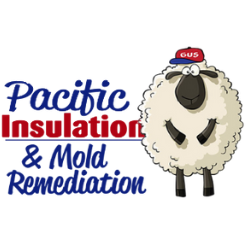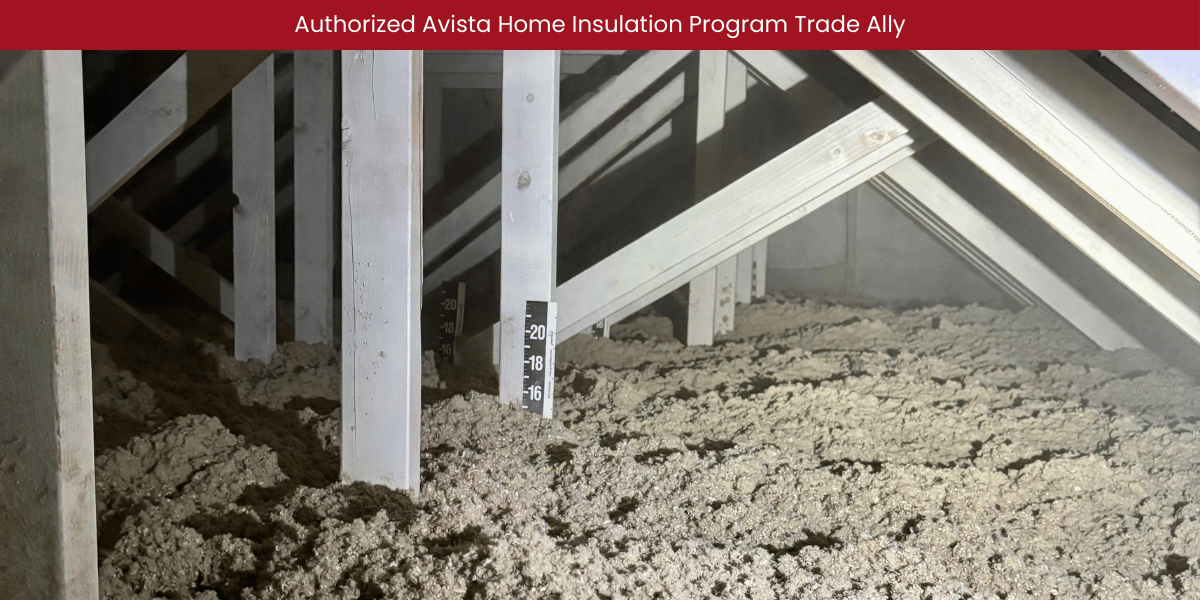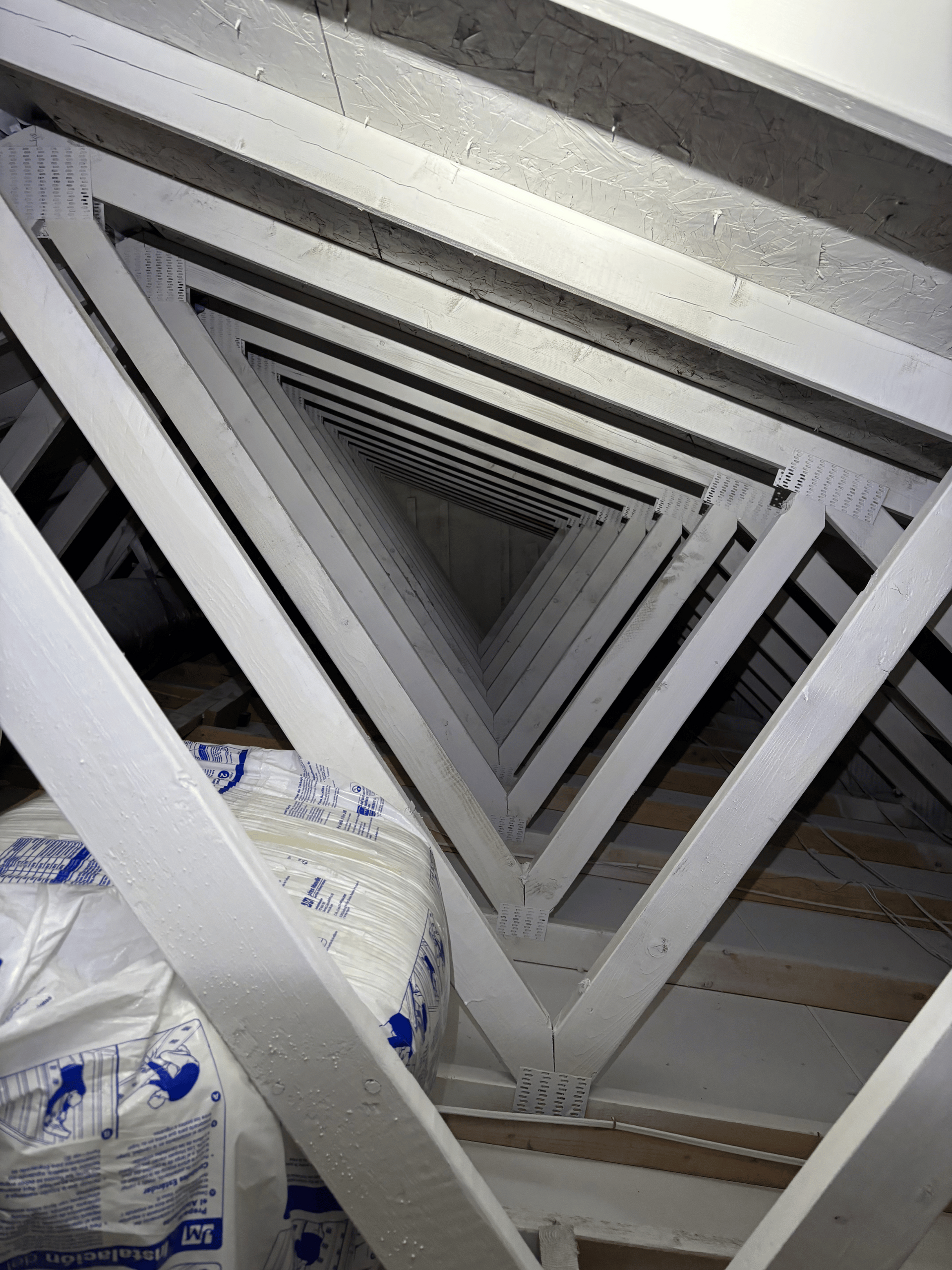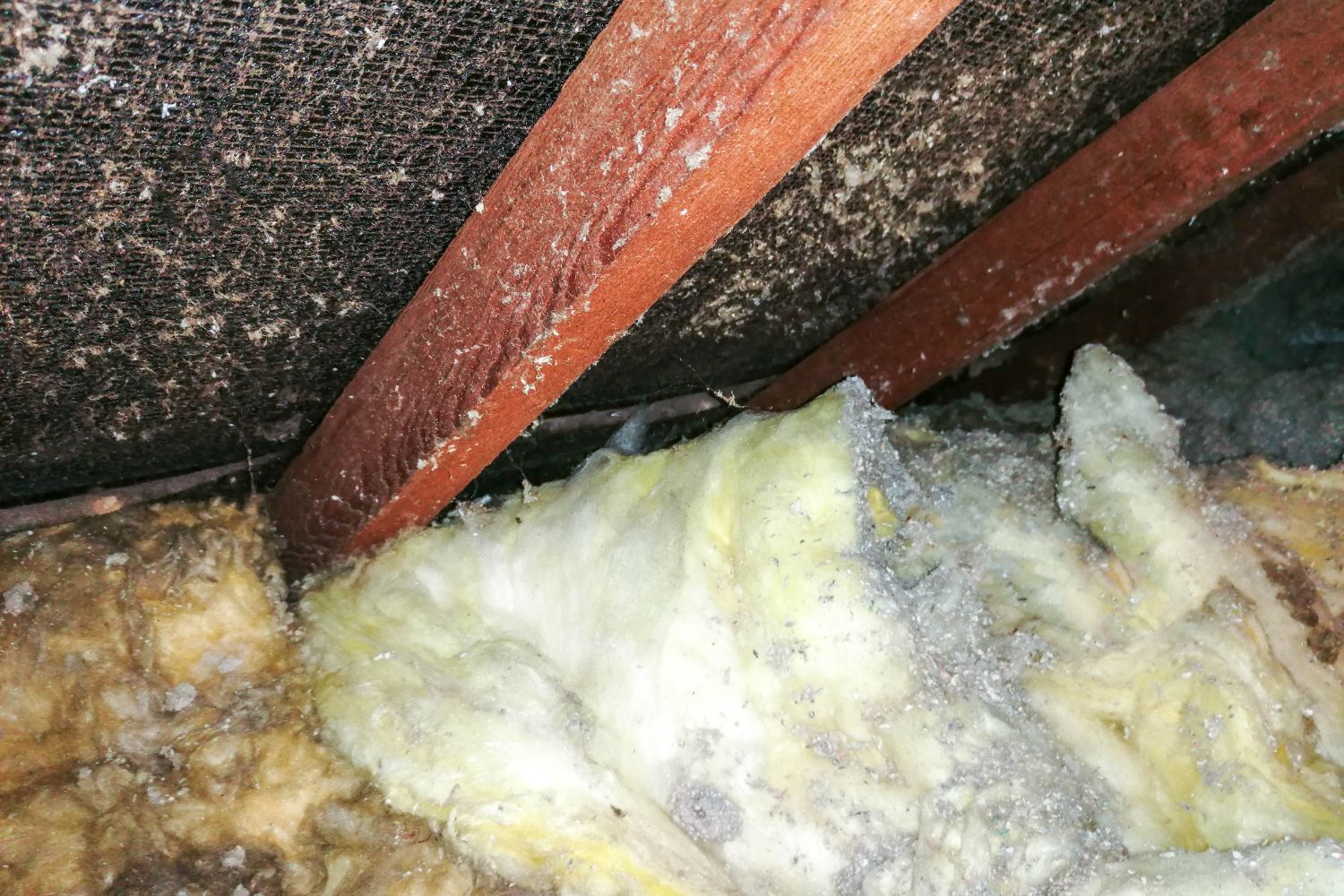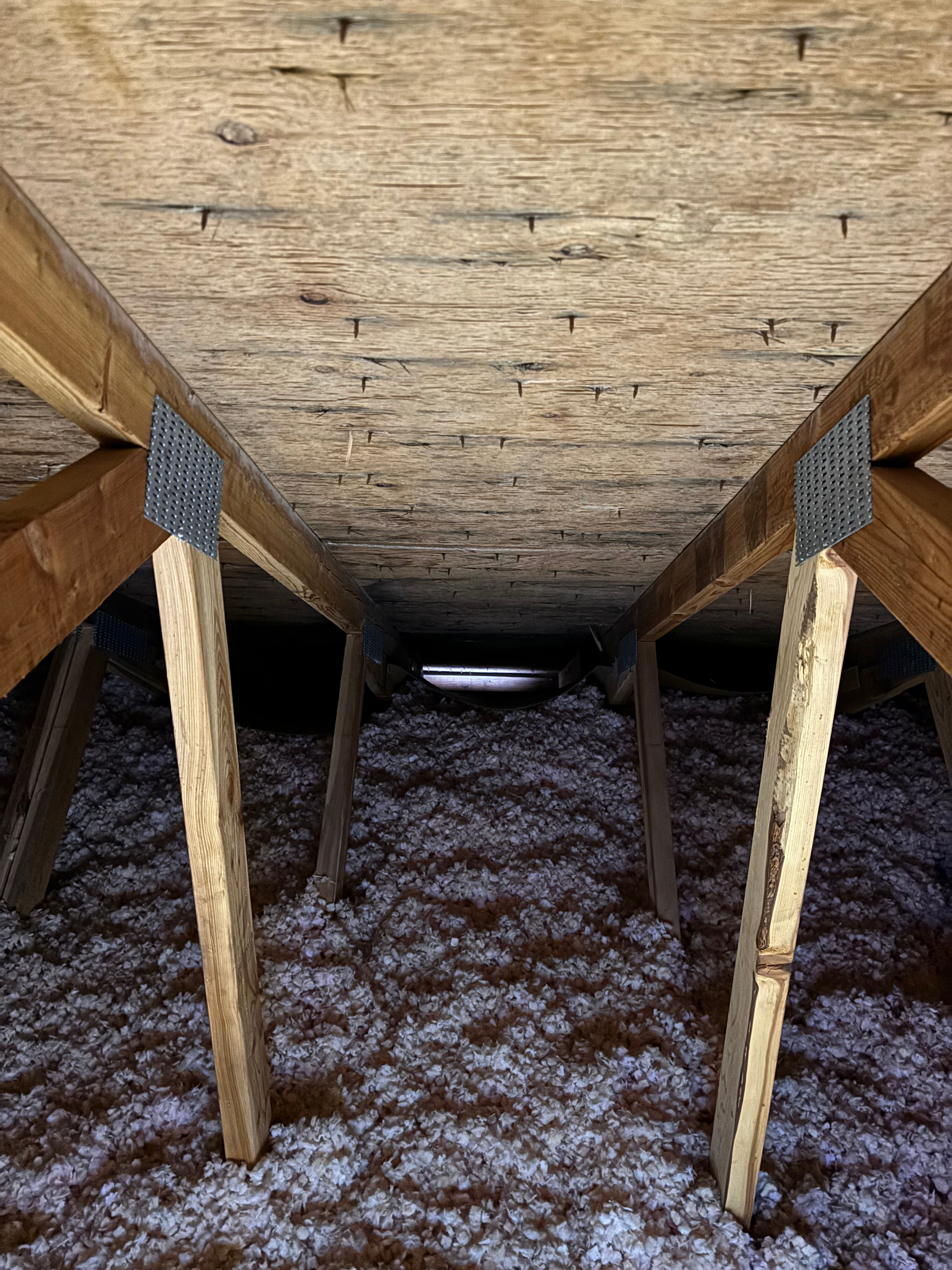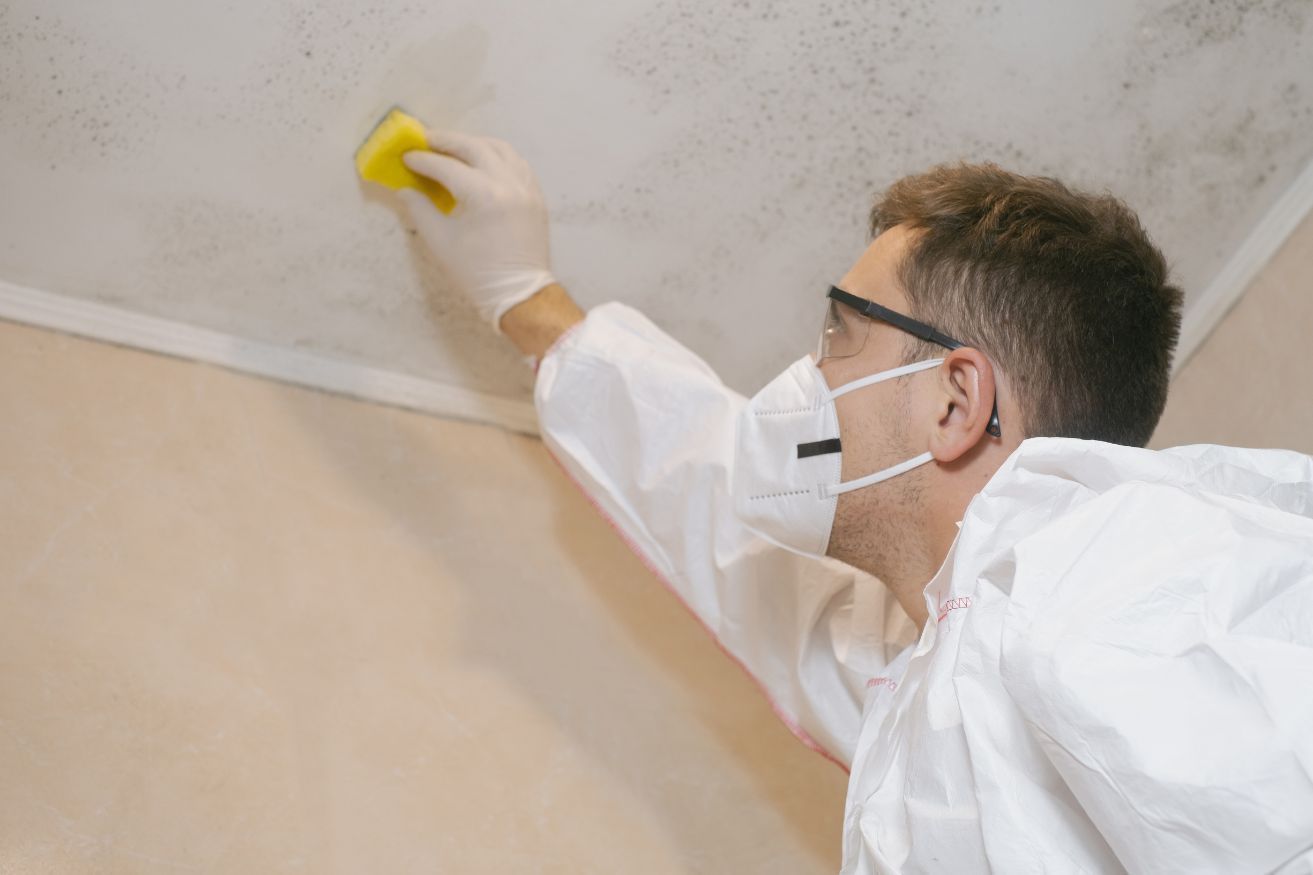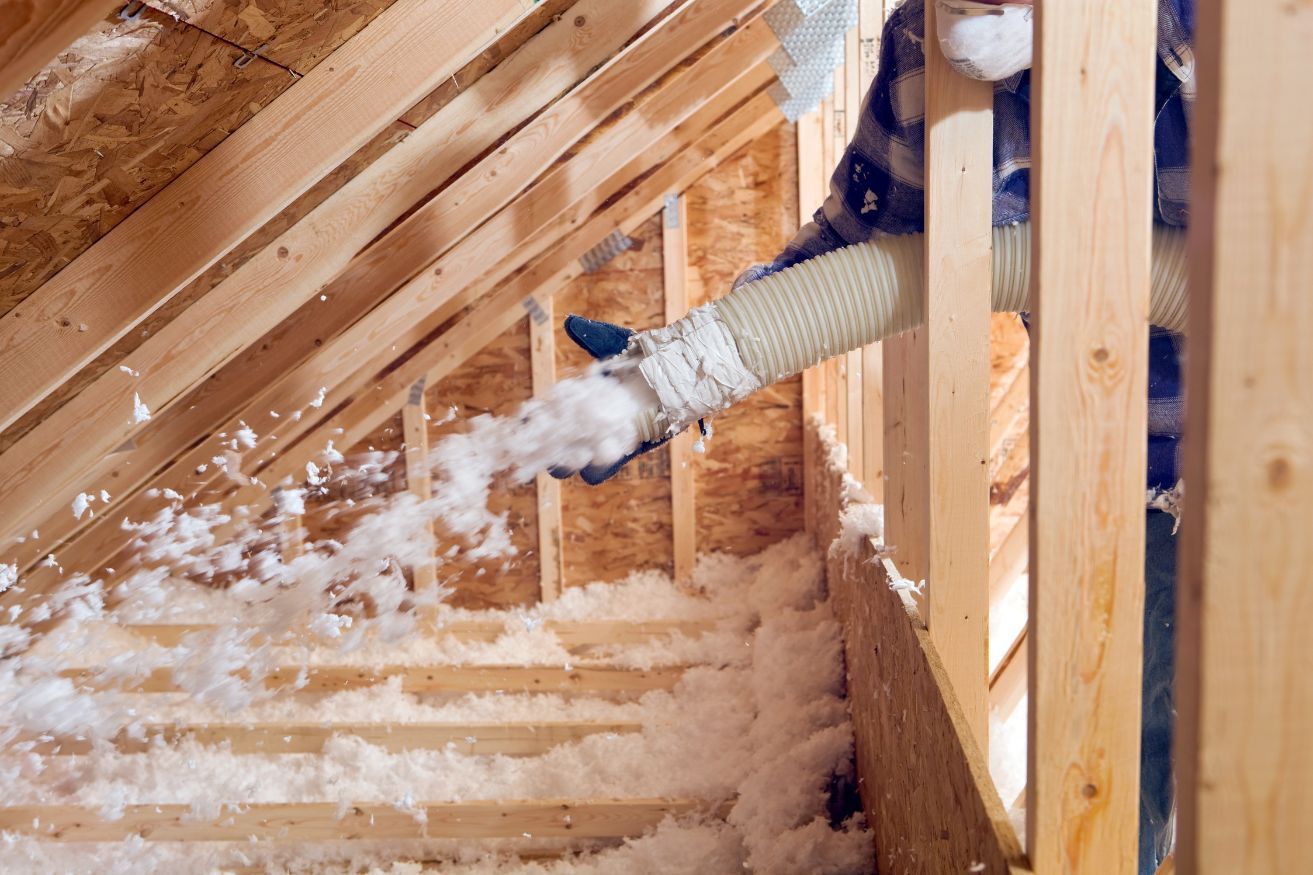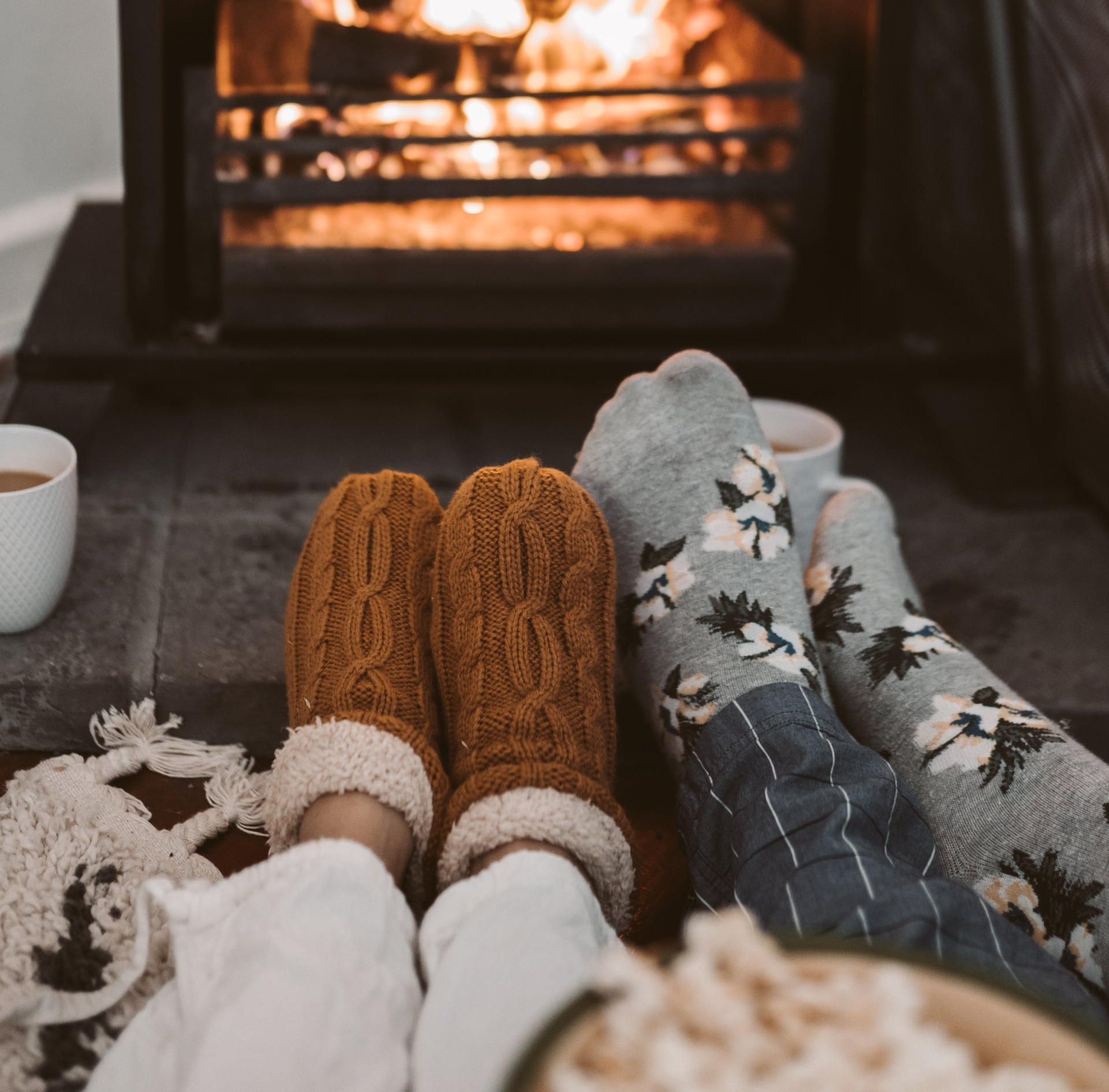What does cellulose insulation look like?
Understanding Cellulose Insulation
If you're considering insulating your home, you may have come across cellulose insulation as an option. But what does cellulose insulation look like, and how does it compare to other types of insulation, such as fiberglass, asbestos, and vermiculite? Understanding these differences is crucial to making an informed choice for your home. This guide will help you recognize cellulose insulation and distinguish it from other materials. With so many insulation options available, making the right choice can significantly impact your home's energy efficiency, comfort, and safety.
Understanding Cellulose Insulation
Cellulose insulation is typically made from recycled paper products, primarily newsprint. This sustainable use of materials makes it an eco-friendly option for homeowners seeking green building solutions. It's treated with fire-retardant chemicals to enhance safety, ensuring that the insulation not only helps retain heat but also resists potential fire hazards. The resulting material is fluffy and loose, which can be blown into wall cavities, attics, and other areas needing insulation. It often has a gray or off-white color due to the ink in recycled paper, giving it a unique appearance that distinguishes it from other insulation types.
Appearance and Texture
Cellulose insulation resembles shredded paper or cotton-like fluff. This visual similarity to common materials makes it easy to identify, even for those unfamiliar with different insulation types. Its texture is soft and can be easily compressed when handled, which aids in its application and adaptability within various spaces. Unlike the rigid texture of fiberglass or the grainy structure of vermiculite, cellulose is lightweight and malleable. This flexibility allows it to fill irregular spaces more effectively than some other options, providing a consistent insulating barrier. The appearance and texture of cellulose not only make it easy to work with but also contribute to its effectiveness in creating a snug fit within cavities.
Comparing Cellulose to Other Insulation Types
Insulation comes in many forms, and it's essential to know how cellulose stacks up against other common options. Each type of insulation has its unique characteristics, benefits, and drawbacks, and understanding these can help you select the best material for your specific needs and circumstances.
Cellulose vs. Fiberglass
Fiberglass insulation is one of the most widely used types of insulation. It's made from tiny glass fibers and usually comes in batts or rolls, making it easy to install in uniform spaces. These batts are often pink, yellow, or white, depending on the manufacturer. Unlike cellulose, fiberglass has a distinct, fluffy texture with a more structured appearance due to the batt form. This structured form can make fiberglass easier to install in some situations, but it can also limit its ability to fill irregular spaces. Additionally, fiberglass can cause skin irritation when handled without proper protection, a concern not associated with cellulose.
Cellulose vs. Vermiculite
Vermiculite insulation is made from a natural mineral that expands when heated. It appears as lightweight, pebble-like granules and is typically gray-brown or silver-gold in color. This unique granular form allows vermiculite to be poured into spaces, which can be beneficial for certain applications. Vermiculite is often used in older homes and is valued for its fire-resistant properties. It has a unique shiny appearance that distinguishes it from the duller look of cellulose, making it recognizable upon inspection. However, the use of vermiculite has declined due to concerns about asbestos contamination in some sources, highlighting the importance of careful material selection.
Cellulose vs. Asbestos
Asbestos insulation is composed of fibrous minerals and was widely used before its health hazards were recognized. It can appear fluffy or as a hard, cement-like material, depending on its form. Asbestos fibers are very fine and can be hazardous if disturbed, making it crucial to identify and handle them with care. The risk of asbestos exposure has led to its ban in many countries and the removal of asbestos-containing materials from homes. In contrast, cellulose insulation does not pose the same health risks and is considered a safer, more modern alternative for home insulation needs.
Does Cellulose Insulation Contain Asbestos?
A common concern is whether cellulose insulation contains asbestos. The answer is no; cellulose insulation does not contain asbestos. It's made from paper products, unlike asbestos, which is a mineral fiber. This clear distinction in composition ensures that cellulose remains a safe choice for modern insulation applications. However, if you're dealing with an older home, it's important to verify that the insulation does not contain asbestos by consulting with a professional. Professional inspection can provide peace of mind and ensure that your home environment remains healthy and safe.
Identifying Asbestos vs. Cellulose
If you're trying to tell the difference between cellulose and asbestos insulation, here are some tips:
- Texture and Appearance: Asbestos can be fluffy or have a hard, cement-like texture, while cellulose is consistently soft and fluffy, resembling ground-up paper. The difference in texture is often noticeable upon touch, providing a simple method for differentiation.
- Color: Asbestos insulation may vary in color but often appears white, gray, or brown. Cellulose is generally gray or off-white, a subtle but important distinction that can aid in identification.
- Location: Asbestos is more likely found in older homes, whereas cellulose is used in modern installations. Knowing the age of your home can be a useful indicator when identifying potential insulation types.
For safety reasons, if you suspect asbestos, it's vital to have a professional assessment. Asbestos fibers are hazardous when airborne, and mishandling them can pose serious health risks. Professional assessment ensures the correct identification and safe handling of any potentially dangerous materials.
How to Choose the Right Insulation
When selecting insulation for your home, consider the following factors:
- R-Value: This measures the insulation's effectiveness. Higher R-values indicate better thermal resistance. Cellulose generally provides a high R-value per inch, making it an efficient choice for energy conservation.
- Cost: Cellulose is often a cost-effective option due to its use of recycled materials. This affordability, combined with its effectiveness, makes it a popular choice among budget-conscious homeowners.
- Environmental Impact: As cellulose is made from recycled paper, it has a lower environmental impact than some alternatives. Choosing cellulose supports sustainable practices and reduces waste.
- Installation: Consider ease of installation and whether professional assistance is required. Blown-in cellulose can be more challenging to install without specialized equipment, but professional installation ensures optimal coverage and performance.
Conclusion
Cellulose insulation is an effective, eco-friendly option for homeowners looking to improve their home's energy efficiency. Recognizing cellulose insulation by its appearance, texture, and color is essential, especially when distinguishing it from potentially hazardous materials like asbestos. Always prioritize safety and consult with professionals when dealing with unknown insulation materials.
By understanding the differences between cellulose and other insulation types, you can make a well-informed decision that best suits your home's needs. Remember that while cellulose insulation doesn't contain asbestos, proper identification and professional consultation are crucial when dealing with older homes or unknown materials. Making an informed choice not only enhances your home's comfort and energy efficiency but also ensures a safe living environment for you and your family.
